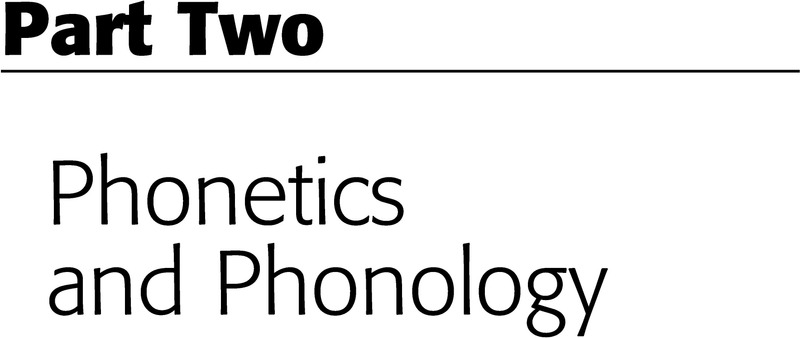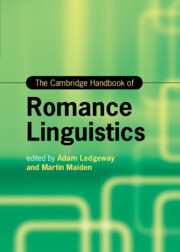Book contents
- The Cambridge Handbook of Romance Linguistics
- Cambridge Handbooks in Language and Linguistics
- The Cambridge Handbook of Romance Linguistics
- Copyright page
- Dedication
- Contents
- Figures
- Tables
- Contributors
- Abbreviations
- 1 Data, Theory, and Explanation: The View from Romance
- Part One What Is a Language?
- Part Two Phonetics and Phonology
- Part Three Morphology
- Part Four Syntax
- Part Five Semantics and Pragmatics
- Part Six Language, Society, and the Individual
- Index
- References
Part Two - Phonetics and Phonology
Published online by Cambridge University Press: 23 June 2022
- The Cambridge Handbook of Romance Linguistics
- Cambridge Handbooks in Language and Linguistics
- The Cambridge Handbook of Romance Linguistics
- Copyright page
- Dedication
- Contents
- Figures
- Tables
- Contributors
- Abbreviations
- 1 Data, Theory, and Explanation: The View from Romance
- Part One What Is a Language?
- Part Two Phonetics and Phonology
- Part Three Morphology
- Part Four Syntax
- Part Five Semantics and Pragmatics
- Part Six Language, Society, and the Individual
- Index
- References
Summary

- Type
- Chapter
- Information
- The Cambridge Handbook of Romance Linguistics , pp. 181 - 318Publisher: Cambridge University PressPrint publication year: 2022
References
Selected References
Below you can find selected references for this chapter. The full references can be found online at the following page: www.cambridge.org/Romancelinguistics
Selected References
Below you can find selected references for this chapter. The full references can be found online at the following page: www.cambridge.org/Romancelinguistics
Selected References
Below you can find selected references for this chapter. The full references can be found online at the following page: www.cambridge.org/Romancelinguistics
Selected References
Below you can find selected references for this chapter. The full references can be found online at the following page: www.cambridge.org/Romancelinguistics
Selected References
Below you can find selected references for this chapter. The full references can be found online at the following page: www.cambridge.org/Romancelinguistics



